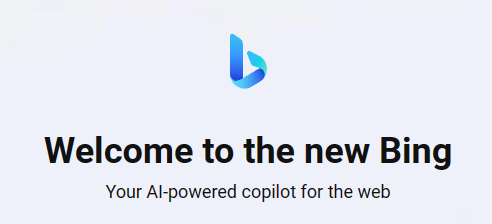Ansible Semaphore is a web-based tool for managing Ansible projects and workflows. It provides a graphical user interface that allows us to view and manage our Ansible tasks, playbooks, and inventories in a centralized location. With Semaphore, we can easily manage and monitor our Ansible workflows, schedule and automate tasks, and collaborate with team members in a seamless way. This tool simplifies the management of Ansible projects, making it more accessible to users who may not be familiar with command-line interfaces or coding.
Semaphore is written in Go language, and it is available for Windows, macOS and Linux (x64, ARM, ARM64). Ansible Semaphore is an open-source project with high-quality code.
We will install and configure Ansible Semaphore in Docker, and take a look at its interface and configuration.
Continue reading “Enhancing Ansible Automation: Exploring the Power of Ansible Semaphore, a Modern Open-Source GUI” →



